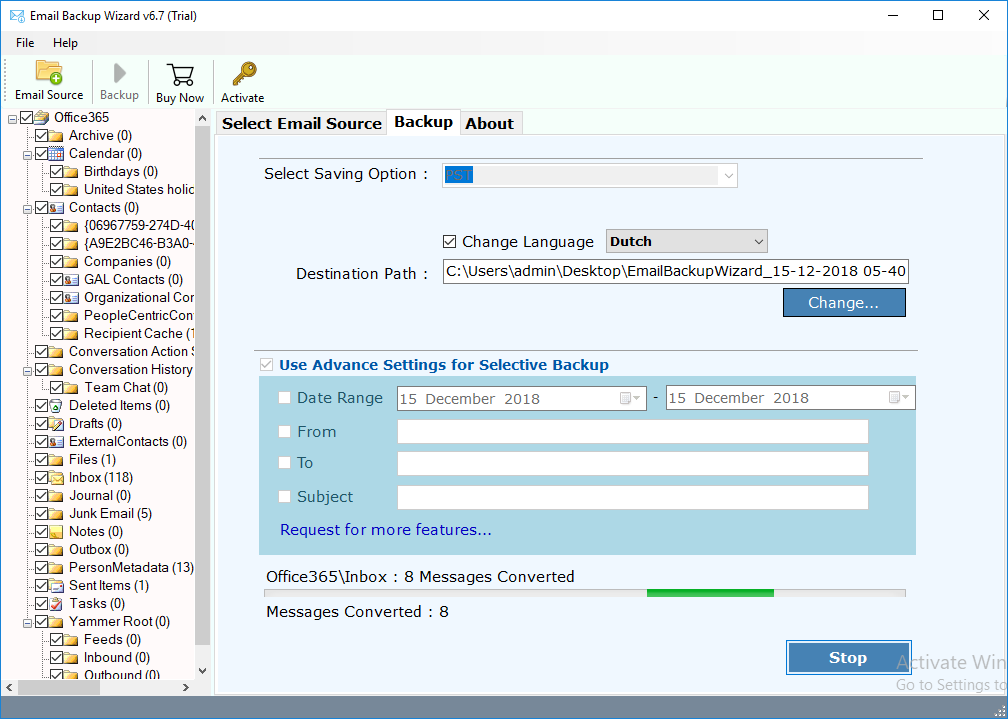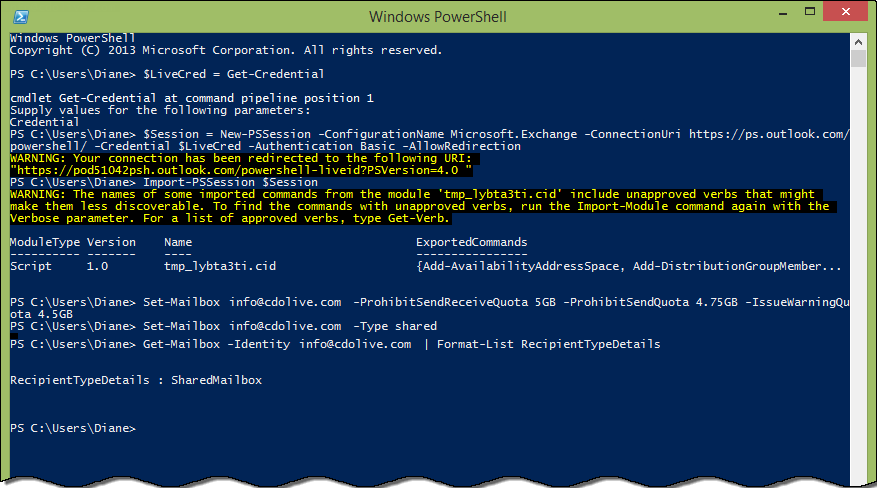


You can set this in the Alert Policies tab in the Mail flow section in EAC. Such emails will be retried for 24 hours, after which the senders will start receiving NDRs.Īs Exchange admins, you will want to be notified immediately once emails start getting queued up.

These emails might get queued up in Microsoft 365 if, say, your on-premises servers are unreachable due to some network issues or the connectors are misconfigured. In a hybrid Exchange environment, emails from your Microsoft 365 tenant to your Exchange on-premises servers are sent using connectors. In most cases, there won't be any data in this report, as there may be no mailbox near the email receiving limit. For example: If the sender has domain xyzabc. I currently have a functional basic mail flow rule. I am administering our mail flow rules on Microsoft Office 365 Exchange Admin. Back at the locations page click on Next. Get all mailbox rules for all mailboxes - Office 365 - Spiceworks. Exchange mail flow rules regular expressions. When you have selected the mailbox click on done. Select or search for the mailbox you want to export. The report is also available in tabular format, displaying the hours a mailbox exceeded the limits or was at risk, top email sender, proportion of spam emails, and emails received per hour. Locations (What to export) Turn Exchange Mailboxes On, then click Choose users, groups, or teams. The consequence of crossing the threshold is that the mailbox won't be able to receive emails for at least an hour. "At risk" implies that the mailbox has received huge volumes of emails and is about to hit the throttling limit. "Exceeded" status in the report means that the mailbox has hit the maximum receiving limit. Hence, this can serve as the first step for you to identify the load of TLS 1.0 or 1.1, which will be deprecated.Įxample of mailboxes exceeding receiving limits report with the heatmaps It divides the emails according to how they were received: from the internet or from your on-premises servers (in hybrid Exchange) they are further categorized according to the TLS version used. The Inbound messages report displays the number of emails received by your tenant. Note that this is applicable to the new Microsoft 365 Admin portal only. These reports can be found at this path: Exchange Admin Center > Reports > Mail Flow. Let's explore the ones available in the Exchange Admin Center. Export Options Select All items, including ones that have unrecognized format Select One PST file for each mailbox Click Export Step 12. Mail flow reports are available in multiple locations. In the 365 compliance center click on content search and then the search you created.

Locating the Mailflow report in the Exchange Admin Center ^ Best Solution to Backup O365 Emails, Calendars and Contacts on. Security Administrator (assigned from the Azure portal) In the Rules And Alerts dialog box, click the Options button.The new MS Partner cannot take over the Tenant due to the rules around. The client is actually moving from Office 365 to Office 365 - the migration is taking place because the client is moving away from a syndicated MS Partner to a non-syndicated MS Partner. Select-Object DisplayName,PrimarySmtpAddress, | Where-Object |Įxport-Csv "C:\Email-Addresses.The following roles are required to view the reports in the Exchange Admin Center (EAC): Office 365 - export Exchange\Mail Flow rules. A mail flow rule is made of conditions, exceptions, actions, and properties: Conditions: Identify the messages that you want to apply the actions to. Run the below command to export the primary and alias email addresses for all user mailboxes. In this post, I am going to explain export office 365 users email addresses using PowerShell. We can also use the Get-Recipient cmdlet to get email addresses for all mail-enabled objects (for example, mailboxes, mail users, mail contacts, unified groups, and distribution groups). You can use the Exchange PowerShell command Get-Mailbox to retrieve the primary email address and secondary (or alias) email addresses for all mailboxes (eg: UserMailbox, SharedMailbox, etc.).


 0 kommentar(er)
0 kommentar(er)
